The Redmi Note series is so popular in India that chances are you or someone close to you have already owned one of those. When the series first made its debut in the country, it took the industry by storm, offering features unseen at its price point. Eleven iterations have passed since, and popularity refuses to die. Now it’s time for the yearly refresh again. The Redmi Note 12 starts at Rs 17,999 this year, and yes, it is a more expensive Redmi Note compared to what we have seen previously. But there are changes. The phone is one of the first to land on the market with the Snapdragon 4 Gen 1 chip. It is now 5G-ready as well and looks notably different from the back when placed alongside older Notes. I’ve been using the device for a week now as my daily driver, and here’s my review.
Redmi Note 12 review: Design & display
The Redmi Note 12 seems to have diverged from the usual design language we’ve come to associate with the Notes (or at least their camera modules). Where the Redmi Note 11 had an all-black camera module packed with lenses, this one is much more minimalistic with a simplified camera module. The glossy camera island sits atop the matte rear panel, which reminded me a lot of Realme’s handsets.
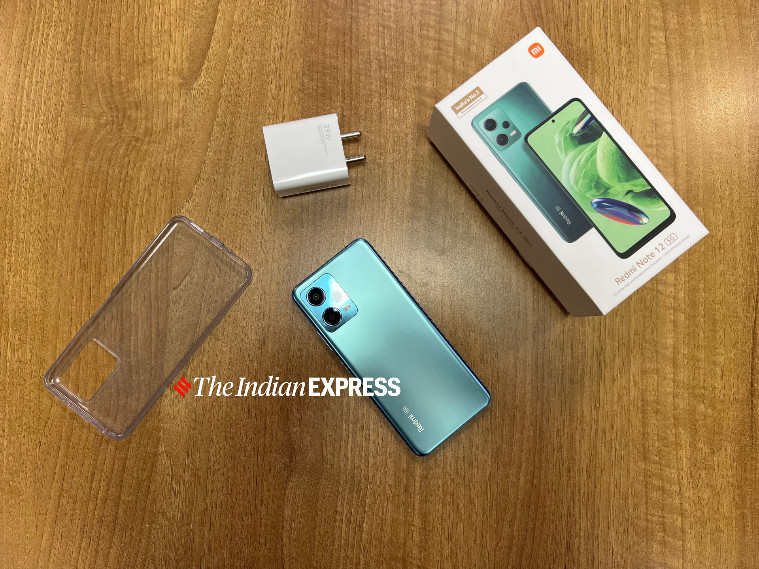
I have the ‘Mystique Blue’ colour for review, which is eye-catching. The less glossy finish helps with the smudges but doesn’t eliminate them completely. The phone isn’t heavy and feels reasonably slim. There are also no squared-off edges, which helps with the grip. Users are advised to use the phone with the cover, though, as the plastic shell picks scratches easily – no Gorilla Glass here.
The Redmi Note 12 gets a 6.67-inch AMOLED display this year – a notable bump in size over last year’s 6.43 inches. The quality is virtually indistinguishable from Xiaomi’s mid-range offerings, with excellent colour accuracy and decent sunlight legibility. Most people will dig the default colour configuration, but in the rare chance it feels too dull, feel free to switch to the “Saturated” preset from the display settings. Widevine L1 is supported, so you can enjoy full HD content as it is meant to be. The refresh rate is set to 60Hz by default but can be cranked up to 120Hz for a buttery smooth scrolling experience.
Redmi Note 12 Review: Performance & Software
The Redmi Note 12 features the Snapdragon 4 Gen 1 processor. It sails through everyday tasks. There was a time when MIUI was poorly optimised on budget devices, but that seems to have passed. Throttling was non-existent on a 20-minute stress test, and I imagine the SD 4 Gen 1 can hold up its clock speeds for a lot longer than that. There’s also no heating during extended gaming sessions, although it’s hard to test that out fairly in Delhi’s winter conditions. Just don’t expect the highest graphics in games – the 4 Gen 1 is a budget chip. On PUBG New State, the graphics kept getting forced to “Lite” when I switched to 60 FPS.
The speakers have a flattish audio signature, which is normal for the price point. They aren’t anything special, but get the job done and are reasonably loud. I noticed the maximum volume when I connected the Note 12 with my Nothing Ear 1 was noticeably lower than normal, so that’s something that needs fixing.

The MIUI experience on the Redmi Note 12 is a mixed bag. While performance is fluid, it probably has more to do with the fact that the phone runs a lighter version of the software skin with fewer fancy animations and reduced blur effects. The Control Centre’s got a rather ugly grey background, which I couldn’t find a way to fix. There’s also no Android 13 here, which is disappointing.
At least the bloatware situation is applause-worthy, though. While there’s some junk, all of it can be uninstalled. Add to that the fact that you can even get rid of some system apps if you wish to replace them with Google’s. I only wish Xiaomi had enabled blur effects, and app launch animations on MIUI 13 as well, to make it so much more enjoyable to use.
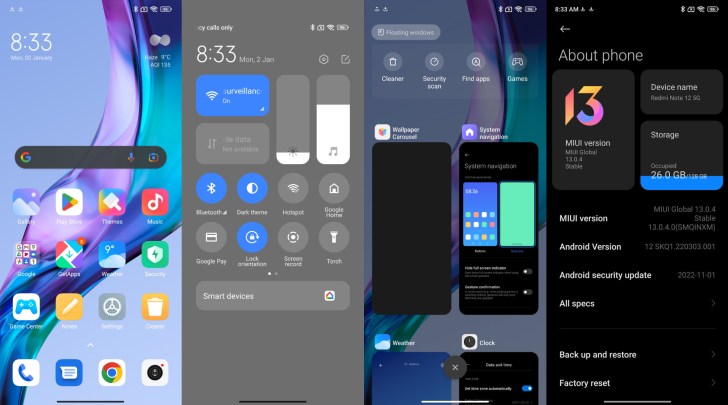
Redmi Note 12 Review: Connectivity, Battery
I used two SIMs in the Redmi Note 12 – Jio and Airtel – and both ran 5G. Yes, the Snapdragon 4 Gen 1 is 5G-capable. Websites load quickly, and download speeds are absurdly fast. I could easily get around 200mbps in most parts of the city, and the speed test meter even touched the 500mbps mark once, although that was for a brief period. The integrated 5G modem on the Snapdragon 4 Gen 1 is battery efficient, as the difference in battery consumption when switching between 4G and 5G was negligible.
But it’s hard to measure the impact of 5G on the battery when the battery drain is so high even without it. Now, I’m a heavy phone user, but most phones still tend to last a full day for me. The Redmi Note 12 gave up a little sooner, despite the 5000 mAh battery on board. The issue only started when I put my SIM in, though, so clearly, two 5G networks are a bit much to handle for phones. Regardless, Xiaomi likes to roll out a lot of optimisation-related updates, so if this is a widespread issue, it’ll be addressed soon.
Redmi Note 12 Review: Cameras
The Redmi Note 12 packs a 48MP primary rear camera, assisted by an 8MP ultrawide lens, and a 2MP macro. It’s hard to have high expectations, given the phone’s price, and the cameras get the job done – nothing more, nothing less. Daylight shots have a reasonable amount of detail, and even allow zooming in a tiny bit without much detail loss.
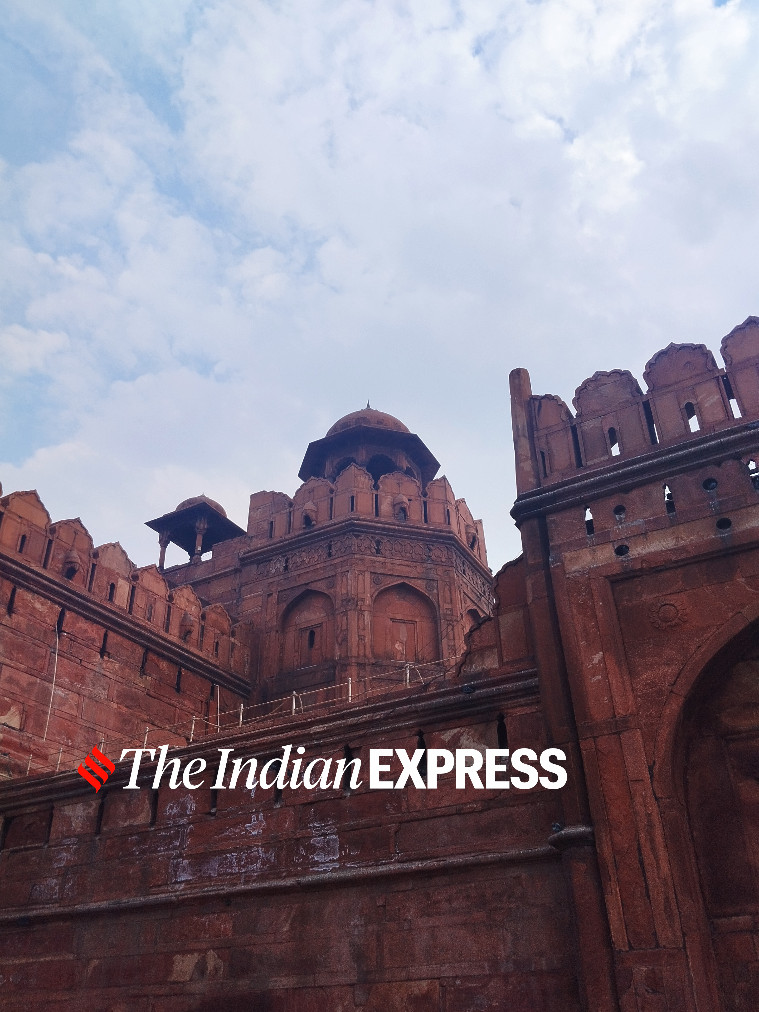
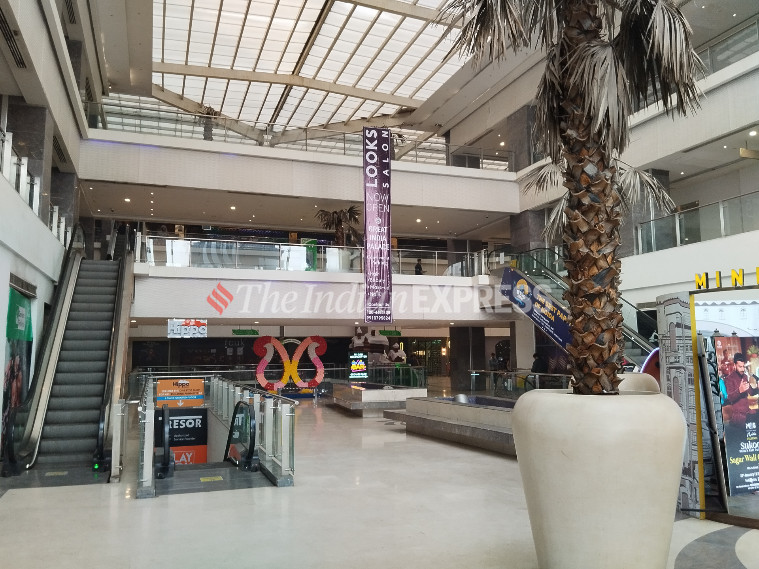
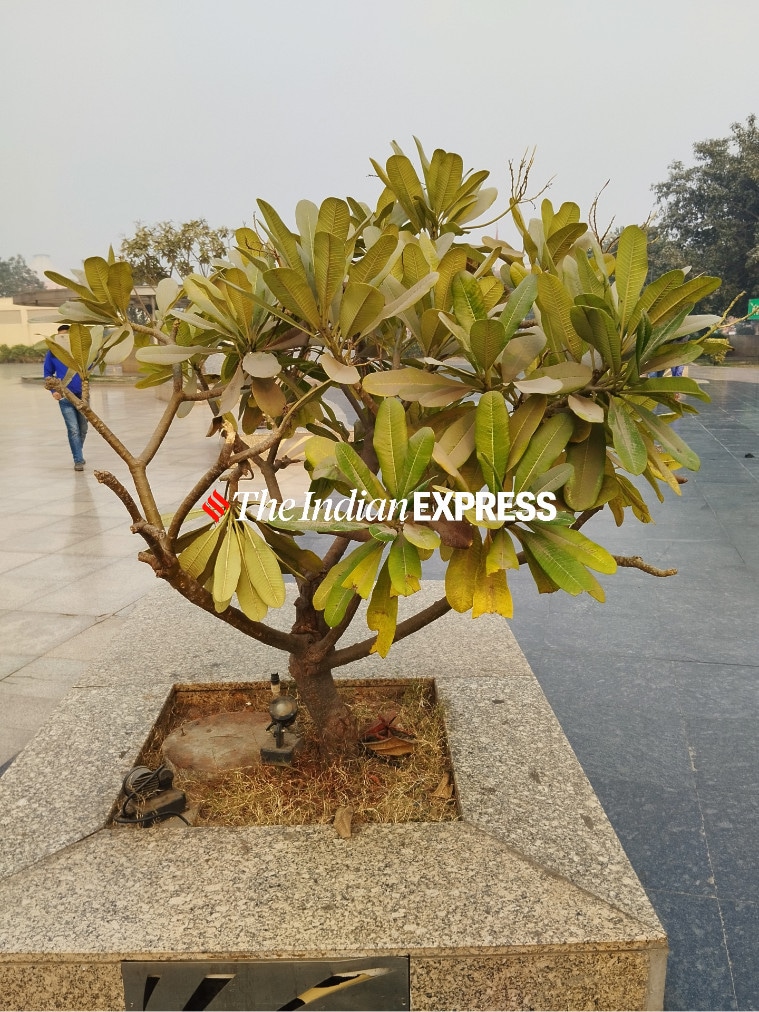
Indoor shots, on the other hand, are just passable. You also have to keep your hand steady, or you end up with shaky shots. I liked the colour accuracy a lot – Xiaomi seems to have gone with natural colours this time, rather than needlessly blowing them up for appeal’s sake. Video recording is okay, although there’s no 60FPS support.

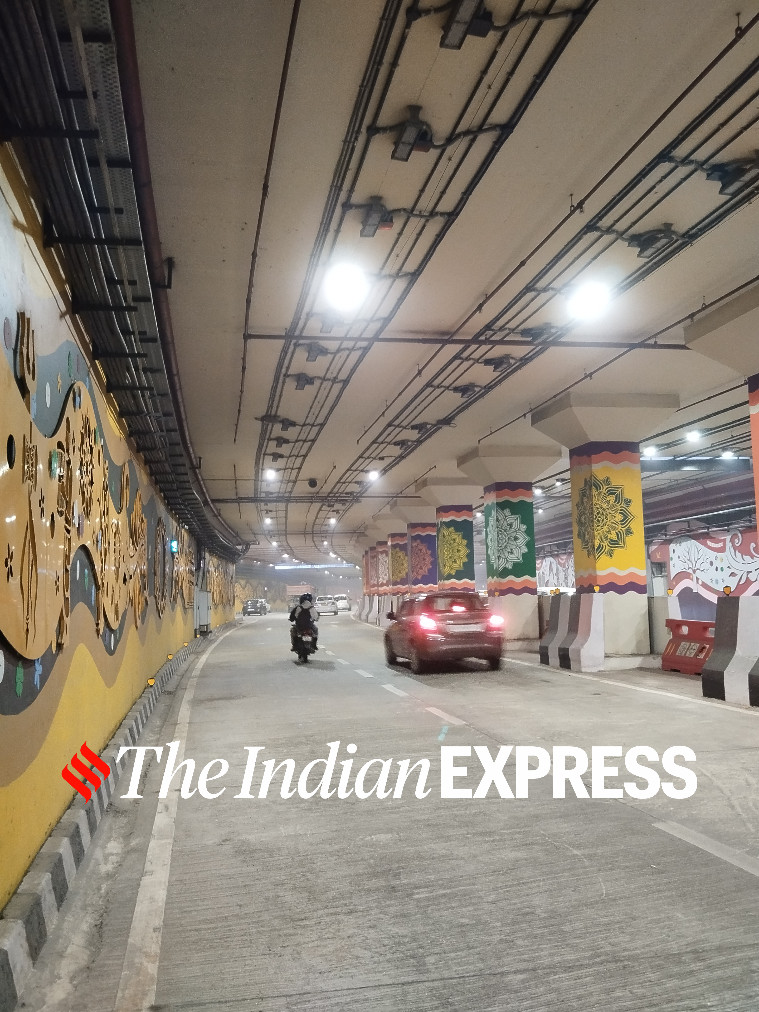
Meanwhile, the ultrawide camera was a surprise. I didn’t expect much given the 8MP resolution, but its output was more than usable. The same cannot be said for the macro lens — you’d be better off cropping into shots from the primary sensor. If I had to describe the cameras in one sentence, I’d say, it offers acceptable daylight performance, but the night-time performance is not impressive.
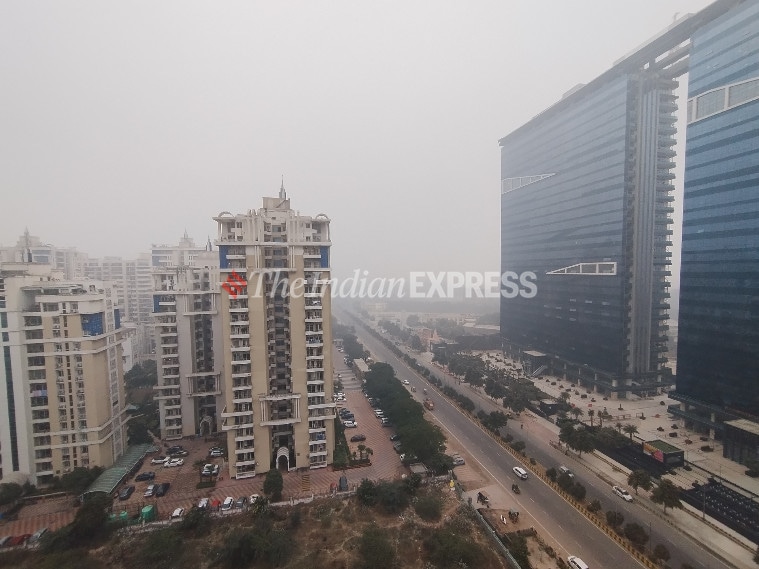
Redmi Note 12 review: Verdict
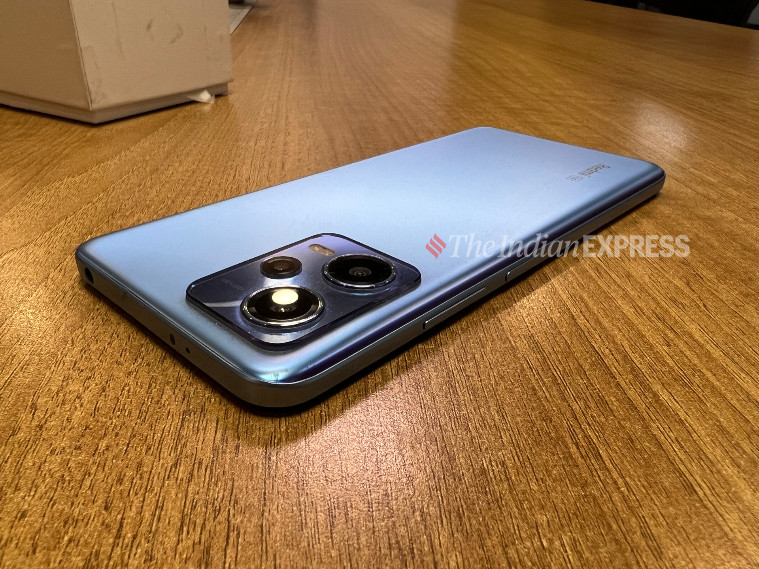
The Redmi Note 12 has good performance, 5G connectivity, and a crisp display. There’s also 33W fast charging, which will charge the device in just over an hour. The only disappointing aspect was the camera, which is underwhelming. More so, given the starting price is higher now. For context, Redmi Note 11 launched at Rs 13,499 in 2021. I’m not including the cashback offers and exchange bonuses that the company is offering, which will bring down the price for many folks. Redmi states the effective price will be Rs 15,499 if you club all offers. Still, there’s no denying this is a more expensive Redmi Note, which could prove to be a challenge.




